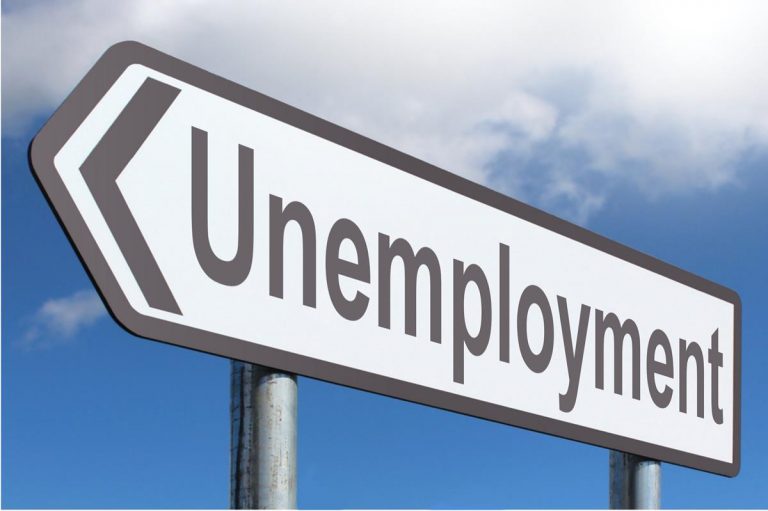The Fast Fashion Trap: How Companies Like Shein and Romwe Exploit Vulnerable Customers
Companies like Shein and Romwe, which had multiple ads in the 2024 Super Bowl, have undisputedly gained an impressive number of customers in the last few years. Much of this popularity comes from the fact that these fast fashion companies target young and budget-conscious customers through tactics like referral codes and partnerships with influencers.

Interview With Sabrina Dowes: A Struggle With Fast Fashion
Sabrina Dowes, a student at the University of Central Florida, shares her experience with fast fashion as someone who has identified as a low-income individual for the majority of her life. Sabrina recalls once being extremely drawn to fast fashion companies such as Shein and Romwe due to their very low price tags. However, the reality of making these consumer choices quickly became evident to her.
Targeting Low-Income Individuals
Sabrina highlights that many low-income individuals, like herself, are targeted by these companies because of their need for affordable clothing. The cheap alternatives to popular fashion items are appealing but often result in being trapped in a cycle of consumerism. Sabrina notes that she often felt like she was saving money by ordering from these shops, but she found that the clothes were poorly made and didn’t last through many trends.. Additionally, Sabrina recounts her initial attraction to the extremely low prices displayed on these websites. “I thought I was getting a great deal,” she explains. “But when I got to checkout, the prices were much higher than what was advertised. It felt like a bait and switch.”
The True Cost of Disposable Fashion
Sabrina is now more aware of the broader implications of fast fashion. She acknowledges that the low prices are often a result of exploiting workers in poor conditions. “I don’t feel good about supporting companies that treat their workers so badly,” she admits. “But sometimes it’s hard to avoid when you’re on a tight budget.”
It is unfortunately common to see reports of factory operations under horrific working conditions, as well as using child labor to manufacture and package these clothes. Many of these workers work intolerable hours under incredibly hard conditions, being told that they are simply lucky to even have a job. Additionally, these companies have very large profit margins by severely underpaying their workers.
Environmental Impact
The environmental impact of fast fashion is another concern for Sabrina. “The clothes wear out so quickly, and then they just end up in the trash,” she says. “It’s really depressing to think about how much waste is being created. It’s made me rethink my shopping habits.”
These companies continue to churn out clothes at a rapid pace which leads to an incredibly high amount of pollution and resource depletion. Additionally, many of the cheap clothes that these companies sell are produced very poorly, due to another attempt to keep cost production margins high. Therefore, the turnaround time between the clothes being worn and ending up in a landfill is very short. This promotes the underlying current of throw-away fashion that seems to be very popular with no sense of slowing down any time soon.
Resisting the Temptation of Fast Fashion
Despite the allure of affordable fashion, Sabrina urges others to consider the true cost of their purchases. “It’s important to be aware of where your money is going,” she emphasizes. “If you can, support ethical brands and buy clothes that will last. For those with limited options, try to focus on quality over quantity.”




